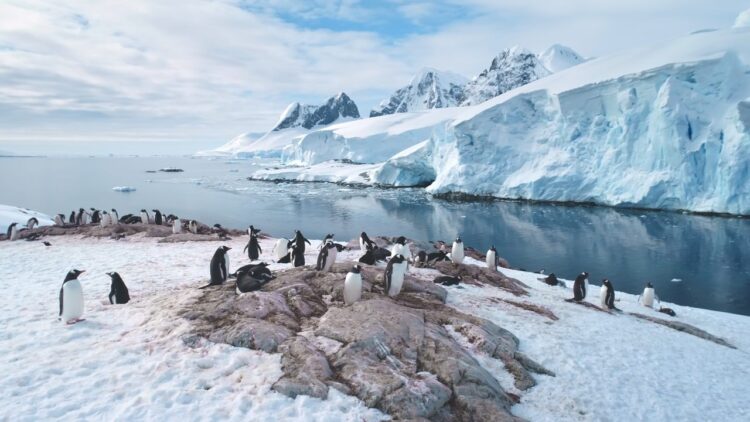The race for cleaner energy sources is well under way, and while there have been a lot of new discoveries made, none rivals the one that a Chinese research team made in Antarctica. They have managed to tap into a new way to use old technology, hydrogen fuel cells, and the key has been the location.
Antarctica is a place known for brutal cold, months-long darkness, and being at one of the ends of the Earth. No one lives there permanently due to the brutal conditions, and the place is basically a huge research facility where scientist all over the world attempt to conduct experiments and find out more about our planet thanks to the thick layer of permafrost.
Almost every country is represented in Antarctica, and while some of them share bases, China built their newest one, Qinling Station in 2023. Located on a remote island in the Ross Sea, this base is completely isolated, with no neighboring towns and an almost year round temperature of -40°C, which, while inhospitable for humans, allow those brave enough to go to try new ways to survive. In the beginning, like most remote bases, Qinling relied on fossil fuels, but the goal was to make the base greener, and slowly but surely researchers installed solar panels and wind turbines, which make the base now almost completely self sufficient.
The problem with using renewable energy sources is where to store it, as you cannot depend on a constant stream of energy coming in and you cannot let excess go to waste, especially in a climate as harsh as this one. The answer for the Chinese researchers appeared in the form of hydrogen fuel cells.
How this Antarctic mission discovered hydrogen fuel cells as the solution
Hydrogen is not new as a source of power, but the extreme conditions at the base are a new testing ground for the equipment. In this specific case, the workings are a bit different to what we are used to. When the wind blows or the sun appears, the energy generated is used to produce hydrogen, and that hydrogen gets stored in a massive 50,000-liter tank. Later, when the weather changes and there is no more energy being produced, hydrogen is converted back into electricity and heat to keep everything running smoothly.
Instead of simply storing electricity in batteries, the station is storing energy in the form of hydrogen, which can then be used whenever it is needed. And it is not just a backup system, the fuel cells are silent, clean, and efficient, they can keep going for up to 40,000 hours and for every kilowatt-hour they generate, nearly a kilogram of carbon dioxide emissions is stopped from being produced.
Although this is just one base and one testing ground, early results of this test say this setup will cut the station’s fossil fuel use by more than 100 tons a year. That might not sound like much considering the mass use of fossil fuels, but when you consider how expensive, difficult, and environmentally damaging it is to get fuel to the South Pole, it is a huge win.
The next goal of the station is not just to power itself, it is to prove that people can live and work in extreme environments without burning oil or coal. Right now, the base generates about 200 kW from its solar and wind setup, and that already covers around 60% of its energy needs. Finding a way to increase their independence for external energy sources is a very good jumping off point to make this technology available in other harsh parts of the world that also struggle with energy independence, like Alaska or Longyearbyen.

